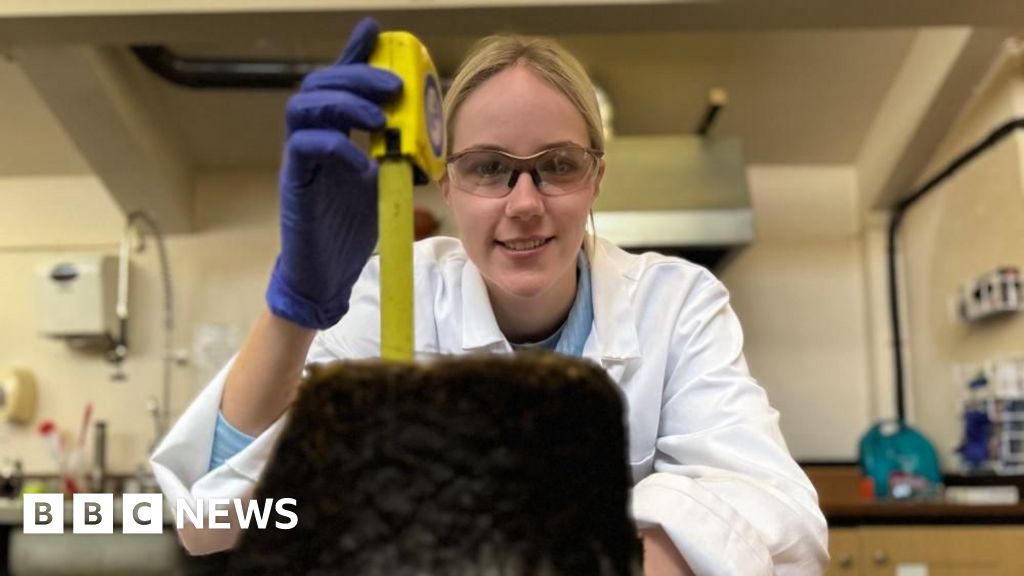UK Peatlands: Hidden Danger of Toxic Metals Released by Wildfires and Climate Change

UK Peatlands: A Reservoir of Toxic Metals Facing Release
New research from Queen's University Belfast (QUB) has uncovered a concerning truth about the UK's peatlands: they're storing significant quantities of toxic heavy metals. This discovery, hailed as “cutting edge,” raises serious questions about potential health risks and environmental contamination.
The Hidden Threat Within Peatlands
Peatlands, vital ecosystems that act as natural carbon sinks and support unique biodiversity, have been quietly accumulating pollutants over decades. The QUB team’s investigation revealed the presence of dangerous heavy metals including lead, arsenic, mercury, and cadmium – all known to be harmful to human health and the environment. These metals originate from various sources, including historical industrial activities and agricultural runoff.
Wildfires and Climate Change: A Perfect Storm
The real cause for concern lies in the escalating threat posed by wildfires and the accelerating effects of climate change. Increased temperatures, prolonged droughts, and more frequent heatwaves are creating conditions ripe for devastating wildfires. These fires, coupled with the changing climate, can trigger the release of these stored pollutants into our watercourses, impacting drinking water supplies and harming aquatic ecosystems.
How the Metals are Released
When peatlands burn, the intense heat can vaporize or mobilize these heavy metals. Rainfall then washes the contaminants into rivers and streams, spreading the pollution over a wide area. Furthermore, changes in peatland hydrology due to climate change, such as increased drainage and altered water flow, can also facilitate the release of these metals.
Potential Health and Environmental Impacts
The consequences of this pollution release are far-reaching. Exposure to lead can cause neurological damage, particularly in children. Arsenic is linked to various cancers and skin problems. Mercury can damage the nervous system and kidneys, while cadmium can lead to kidney failure and bone disease. The impact on aquatic life is also significant, with these metals accumulating in the food chain and potentially impacting fish populations and other wildlife.
What Needs to Be Done?
The QUB research highlights the urgent need for proactive measures to protect our peatlands and mitigate the risks associated with these toxic metals. This includes:
- Improved Peatland Management: Implementing sustainable land management practices to prevent wildfires and protect peatland hydrology.
- Monitoring Water Quality: Regularly monitoring watercourses for heavy metal contamination, particularly in areas downstream from peatlands.
- Addressing Climate Change: Taking decisive action to reduce greenhouse gas emissions and slow the pace of climate change.
- Further Research: Investing in further research to better understand the extent of heavy metal contamination in UK peatlands and the mechanisms by which they are released.
The findings from Queen’s University Belfast serve as a stark reminder of the hidden environmental challenges we face and the importance of protecting these valuable ecosystems for the health of both people and the planet.






